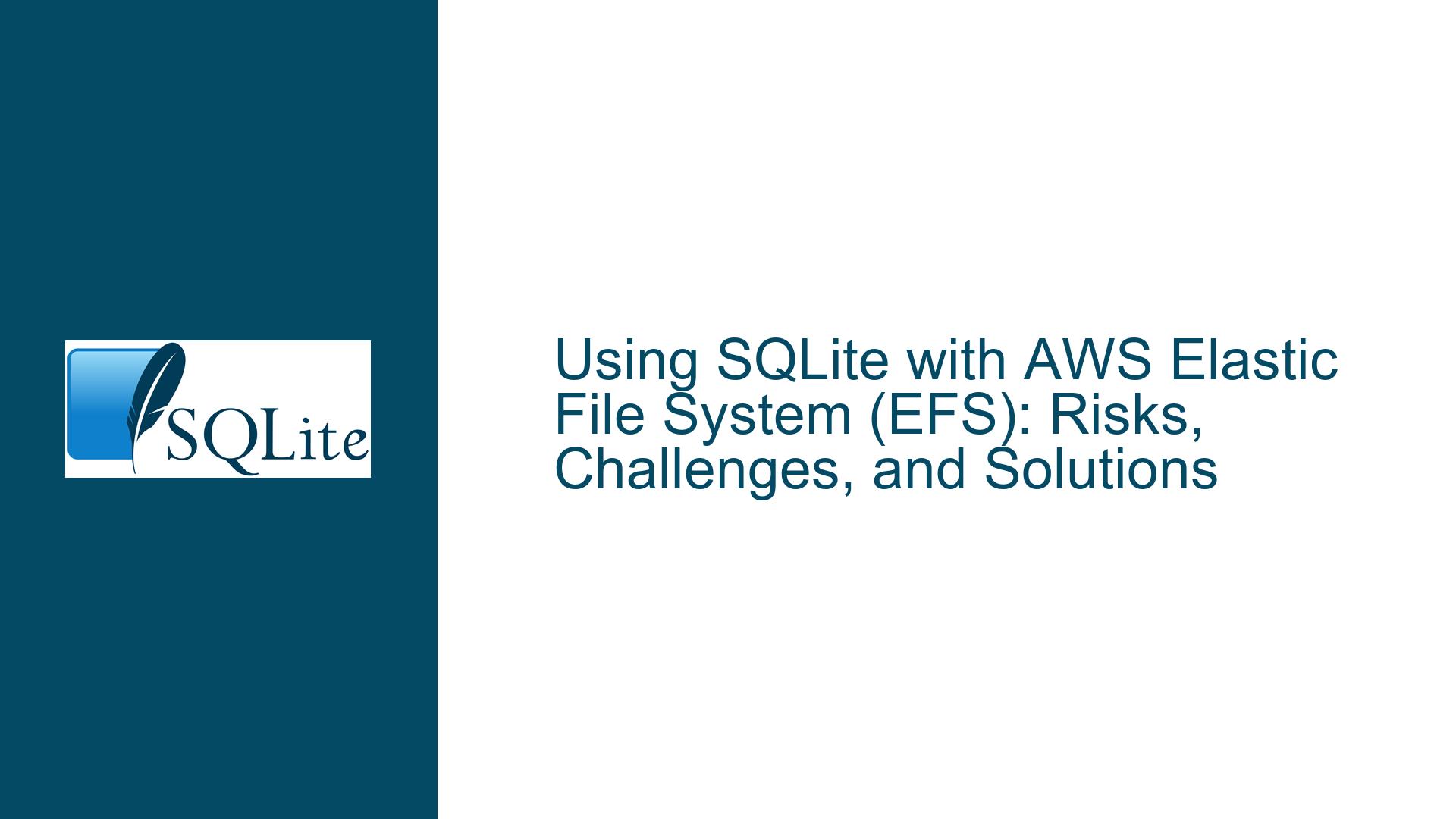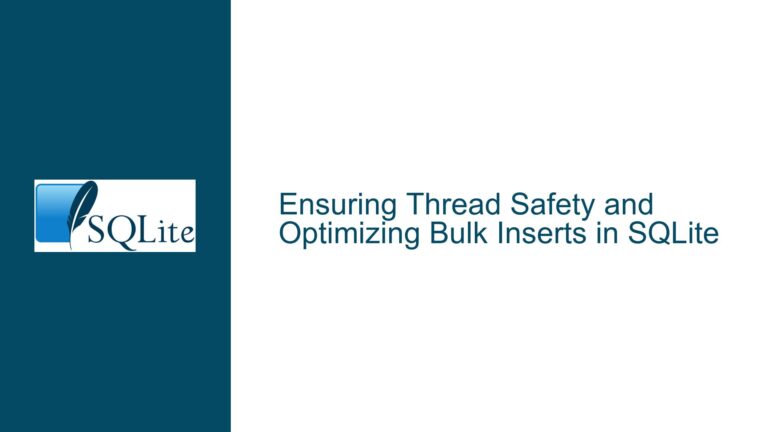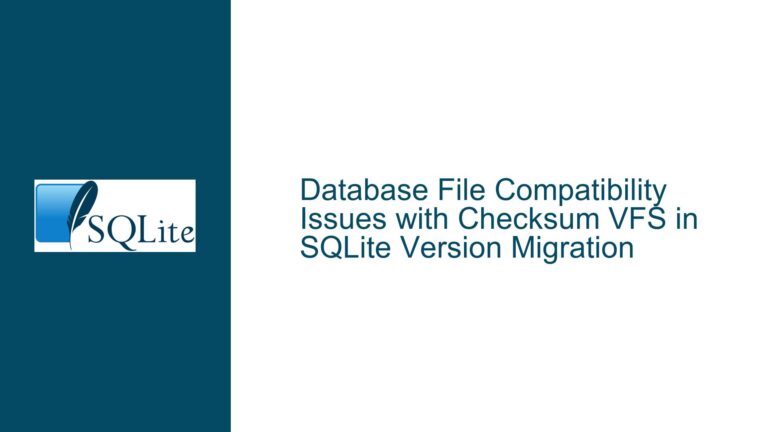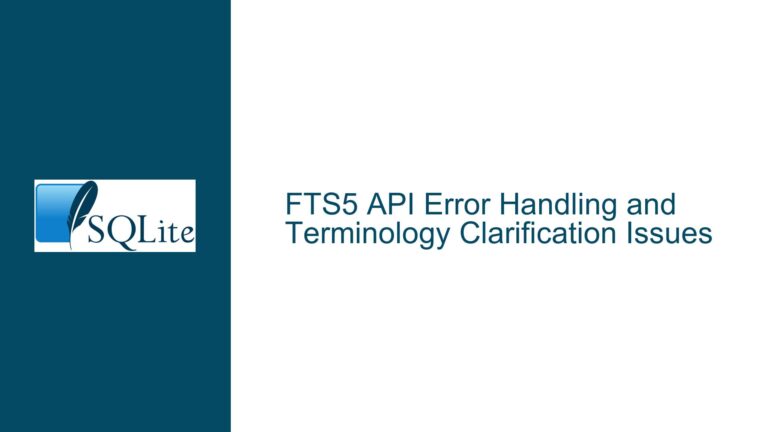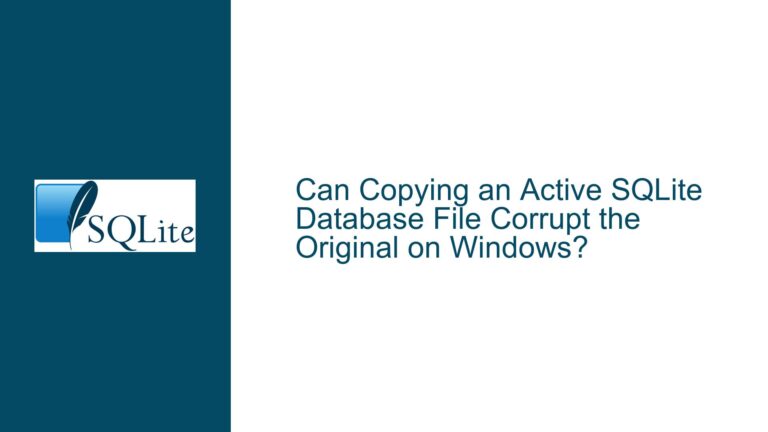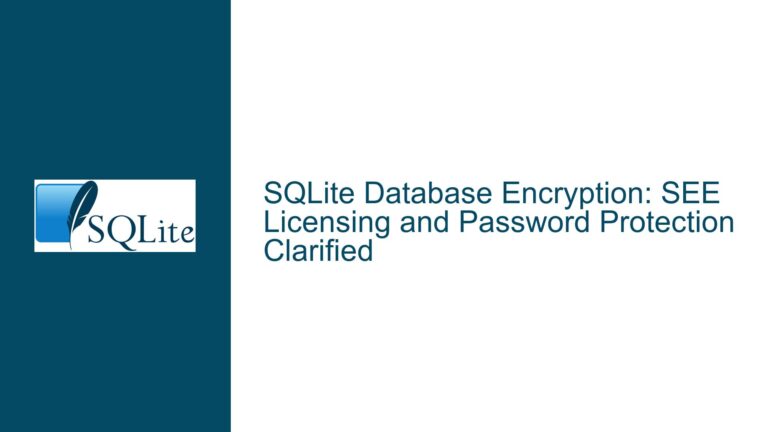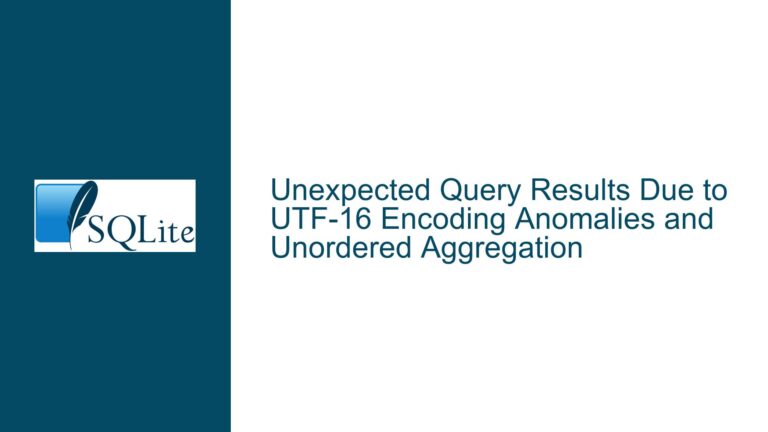Using SQLite with AWS Elastic File System (EFS): Risks, Challenges, and Solutions
Understanding SQLite’s File Locking Mechanism and Network File Systems
SQLite is a lightweight, serverless, embedded database engine that relies heavily on the underlying file system for its operations, particularly for file locking. File locking is critical for ensuring data integrity, especially when multiple processes or applications attempt to access the same SQLite database concurrently. SQLite uses file locks to manage transactions, ensuring that only one process can write to the database at a time while allowing multiple readers. This mechanism works seamlessly on local file systems, where locking operations are fast and reliable.
However, when SQLite is used with network file systems like NFS (Network File System) or AWS Elastic File System (EFS), the reliability and performance of file locking become significant concerns. Network file systems are designed to provide shared access to files across multiple machines, but their implementations of file locking vary widely. Some network file systems may not fully adhere to the POSIX standards for file locking, leading to scenarios where locks are either not honored or incorrectly reported. This can result in data corruption or inconsistent database states, as SQLite relies on accurate locking information to manage transactions.
AWS Elastic File System (EFS) is a managed NFS service that provides scalable and shared file storage for AWS workloads. While EFS supports NFSv4, which includes improved locking mechanisms such as lock upgrading and downgrading, the fundamental challenges of using SQLite over a network file system remain. These challenges include latency introduced by network round-trips for lock operations, potential inconsistencies in lock behavior, and the overall performance overhead of accessing a remote file system.
Why SQLite and AWS EFS May Not Be a Perfect Match
The primary issue with using SQLite on AWS EFS stems from the inherent design differences between SQLite and network file systems. SQLite is optimized for local file systems, where file operations are fast and predictable. In contrast, AWS EFS introduces additional layers of complexity due to its distributed nature and reliance on network communication.
One of the key challenges is the latency associated with file locking operations. On a local file system, acquiring or releasing a lock typically takes nanoseconds. However, on a network file system like EFS, each lock operation requires a round-trip to the remote server, which can take milliseconds or even longer, depending on network conditions and the distance between the client and the EFS server. This latency can significantly impact the performance of SQLite, especially for workloads with frequent transactions or high concurrency.
Another challenge is the reliability of file locking on EFS. While AWS has made improvements to EFS’s locking mechanisms, there is still a risk of encountering edge cases where locks are not handled correctly. For example, if a client crashes or loses its connection to the EFS server, the server may not immediately release the locks held by that client, leading to potential deadlocks or data corruption. Additionally, the distributed nature of EFS means that lock states must be synchronized across multiple servers, which can introduce further complexity and potential for errors.
Finally, the performance overhead of accessing a remote file system can be a significant bottleneck for SQLite. SQLite is designed to operate efficiently on local storage, where read and write operations are fast and predictable. When using EFS, every database operation must traverse the network, introducing additional latency and reducing throughput. This can be particularly problematic for applications with large databases or high transaction volumes, where the performance penalty of network latency can become a critical issue.
Mitigating Risks and Optimizing SQLite for AWS EFS
While using SQLite with AWS EFS presents significant challenges, there are strategies to mitigate these risks and optimize performance. These strategies involve careful configuration, alternative database architectures, and leveraging AWS-specific features to improve reliability and performance.
One approach is to minimize the reliance on file locking by reducing the number of concurrent write operations. This can be achieved by implementing a single-writer architecture, where only one process or application is allowed to write to the database at any given time. All other processes or applications should be restricted to read-only access. This reduces the likelihood of lock contention and minimizes the risk of data corruption. However, this approach may not be feasible for all applications, particularly those with high write concurrency requirements.
Another strategy is to use a client/server database architecture instead of relying on SQLite’s embedded model. Client/server databases, such as PostgreSQL or MySQL, are designed to handle concurrent access and network latency more effectively than SQLite. These databases use a centralized server to manage locks and transactions, eliminating the need for file-level locking on a shared file system. While this approach requires additional infrastructure and management, it can provide better performance and scalability for distributed applications.
For applications that must use SQLite, consider using a distributed file system with stronger consistency guarantees than EFS. For example, AWS FSx for Lustre is a high-performance file system designed for low-latency, high-throughput workloads. While FSx for Lustre is not a drop-in replacement for EFS, it may offer better performance and reliability for SQLite workloads. Alternatively, consider using a local file system for the SQLite database and replicating the data to EFS for backup or archival purposes.
Finally, if you decide to use SQLite with EFS, thoroughly test your application under realistic conditions to identify and address potential issues. Pay particular attention to scenarios involving high concurrency, network latency, and client failures. Monitor the performance and behavior of the database closely, and be prepared to adjust your configuration or architecture as needed.
In conclusion, while SQLite can technically be used with AWS EFS, it is not an ideal combination due to the challenges of file locking, network latency, and performance overhead. By understanding these challenges and implementing appropriate mitigation strategies, you can reduce the risks and optimize the performance of SQLite in a distributed environment. However, for many applications, a client/server database or alternative file system may be a more suitable choice.
